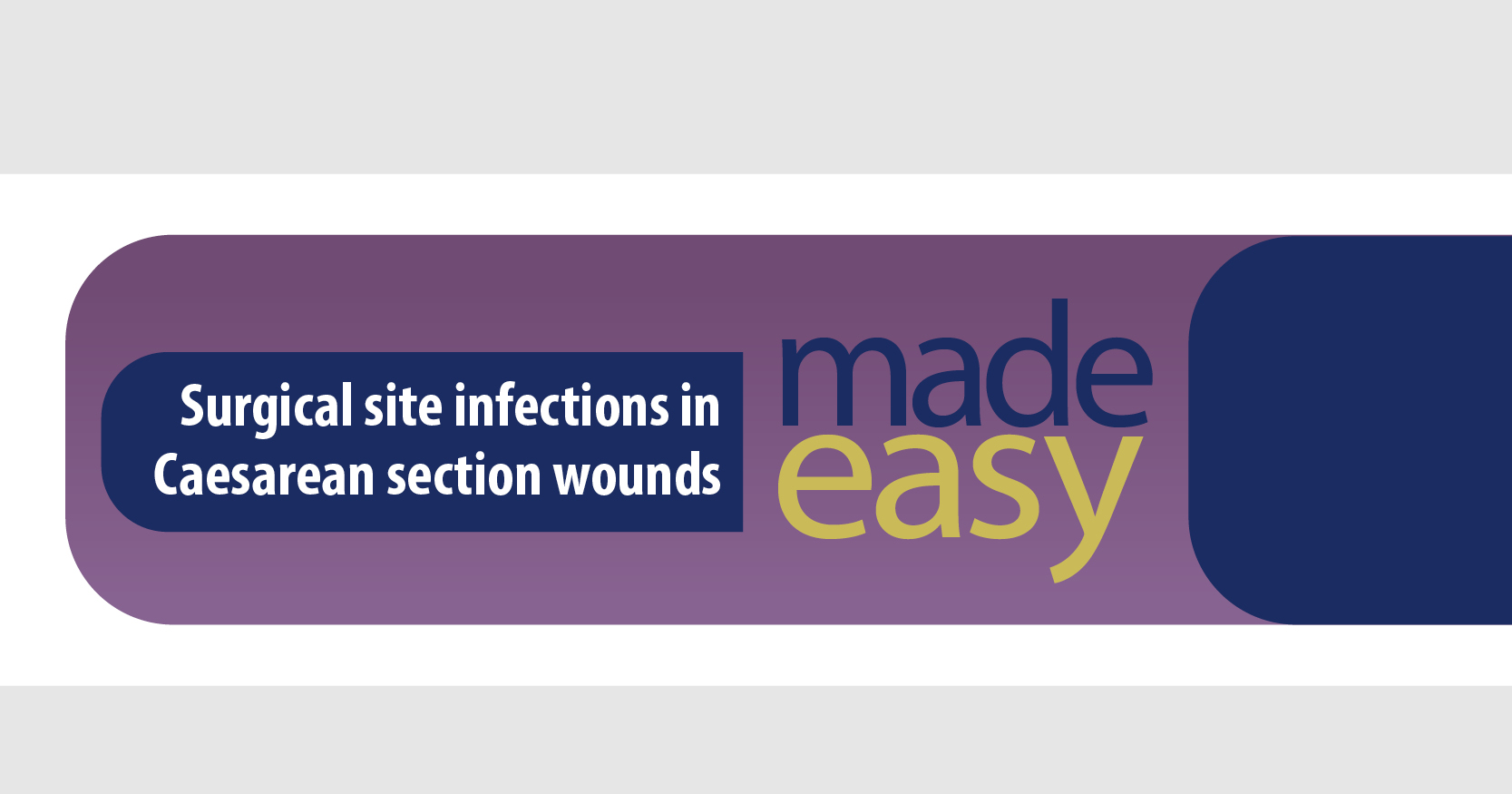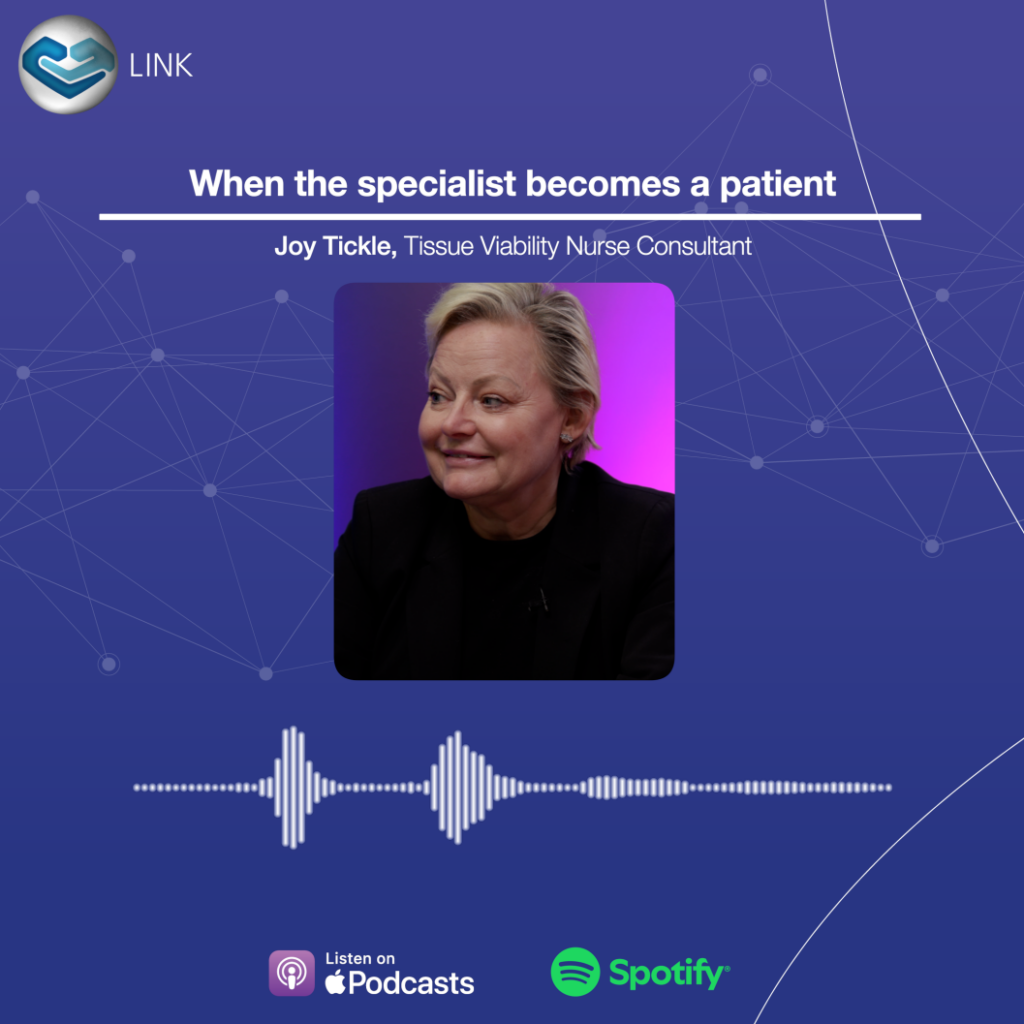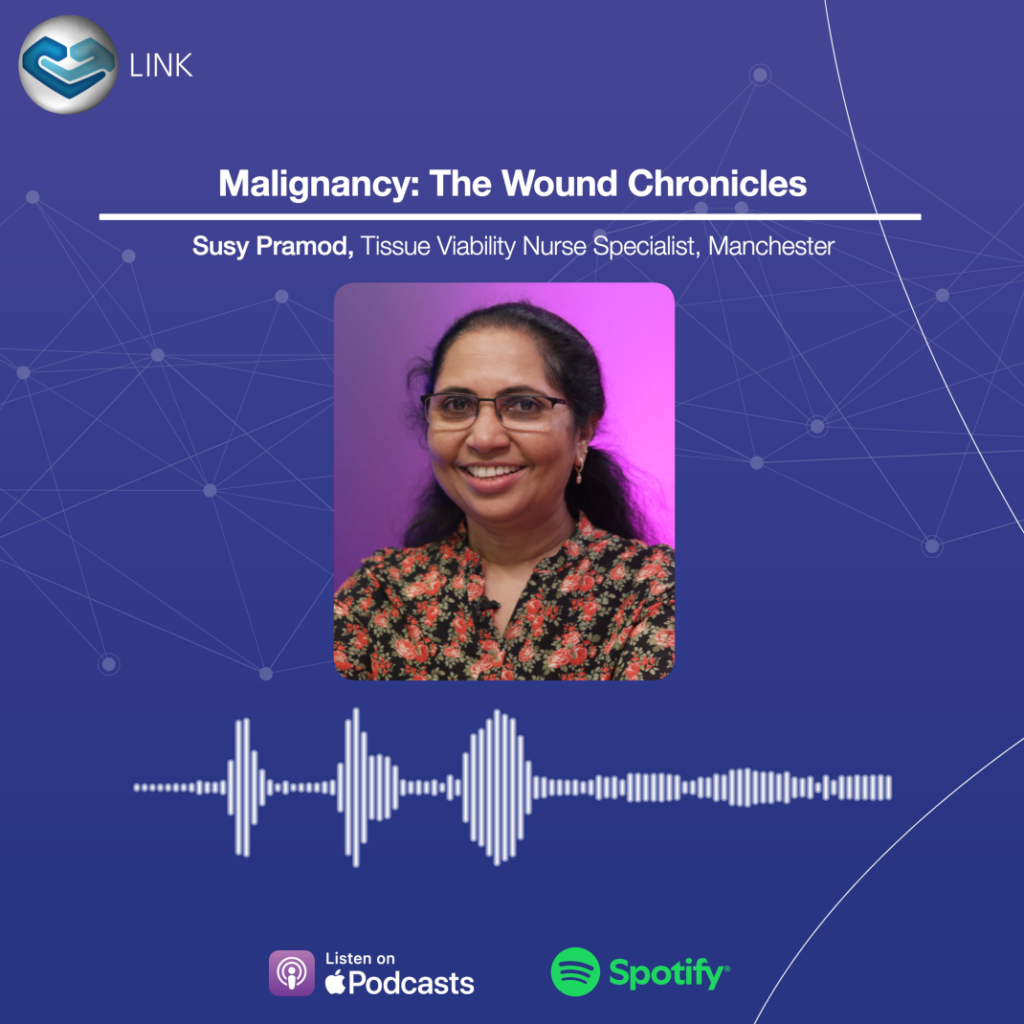Reflection can be painful and challenging — well, for me anyway. These last few weeks, I’ve been reflecting on what we are doing in pressure ulcer prevention and sadly found myself thinking — well, not much has changed — which, when you have spent most of your professional life trying to instigate change, is very demoralising!
What brought this on?
Two things: firstly, I had a big birthday — always a time for reflection; but, more importantly, I was speaking to someone about the common themes in their pressure ulcer root cause analysis and, before the person told me theirs, I jotted down a list. And yes, exactly as I expected, documentation, risk assessment, education, timely equipment provision, communication, lack of nutritional assessment — all came up. Why are we still finding the same things after all this time? Why are we still failing on fundamental issues?
But hang on … are we asking the wrong questions, focussing on the wrong things? I’m sure documentation can be shocking. I’m sure risk assessments were missed. But did either of those cause a pressure ulcer? If you looked at the rest of the documentation of the patient who wasn’t risk-assessed — would you see they had a skin inspection and appropriate skin care? Was there evidence of them being repositioned? Surely, these are the things that prevent pressure ulcers. Maybe the staff hadn’t attended their most up-to-date mandatory training, but I bet even the so-called ‘man on the street’ could tell you that, to prevent a ‘bedsore’, you need to move people!
So, if you made a list of the causes of pressure ulcers — like immobility (including an immobile device on the skin) or poor perfusion or poor skin condition — and you then made a list of the ‘themes’, would they match up? If you considered what we can actually do about the risk factors and matched it to the themes — would they be the same?
The point I am getting to is do we force a focus on the wrong things? Do we make people so obsessed with documentation and risk assessment, and timely delivery of equipment, that they prioritise these factors over checking and caring for skin and repositioning patients? Because, to be honest, if they only did those two actions, wouldn’t that prevent the majority of pressure ulcers?
What about nutrition and hydration? Well yes, really important and clearly identified by Coleman et al (2014) as an indirect causal factor, but we must pause and put some situational context: if a patient is hospitalised with an average length of stay of around 4 days, how much difference do you think we can make to their nutritional status, especially when they are not feeling well, and who eats properly when not feeling well?
I’m not saying we should not be considering nutrition. Obviously, we should; but what impact, what real link to them developing a pressure ulcer (in hospital) is there? It’s very different in the community, of course, where there is a longer-term objective and nutrition may be more stable and less influenced by acuity.
Do we use non-participation in education as an excuse for commitment to interventions? Does lack of formal knowledge preclude common sense? Is it more about attitudes, belief and personality? I am thinking of Maylor (2000) here. And yes, it’s a very old reference because that’s how long we have been ignoring it.I’m not saying we have all been doing it wrong all the time, I just wonder if we should be doing something different. If we asked staff why they didn’t do what they should have done, would we get some different answers?
If we stopped obsessing about factors that don’t change outcomes and focus on ones that do (e.g. did they document the risk vs did they reposition the patient; did they allocate the correct pressure ulcer category vs did they deliver great skin care and repositioning to prevent a pressure ulcer) would we find ourself with a different mindset?
Would it help to take a patient group-directed approach – after all, if a patient is sick enough to warrant being in intensive care, do you really need to complete a risk assessment to decide if they are at risk of pressure ulcers? It’s a bit like saying, ‘do we need a risk assessment tool for device-related pressure ulcers (DRPUs)?’ – yes, of course! Here is another one I made earlier: ‘does the patient have a device in constant contact with their skin? Yes? Well, then they are at risk of a DRPU.’ We could even consider it as a universal precautions approach: if a person warrants being in a bedded area (whether on a trolley or a bed) in an emergency department, then they are at risk of pressure ulcers – just deliver preventative care for goodness sake!
I get the ‘if it isn’t documented, it isn’t done’ approach, but it should be easier than that; if we didn’t waste so much time on duplication of recording, we would have more time to do actual, and potentially better, clinical recording. If our electronic patient record systems worked for us and with us, rather than seeming like a constant challenge, would we have more time to do the right things for our patients?
Do we need a complete cultural shift? After all, if you keep doing what you always did, you will always get what you always got.







